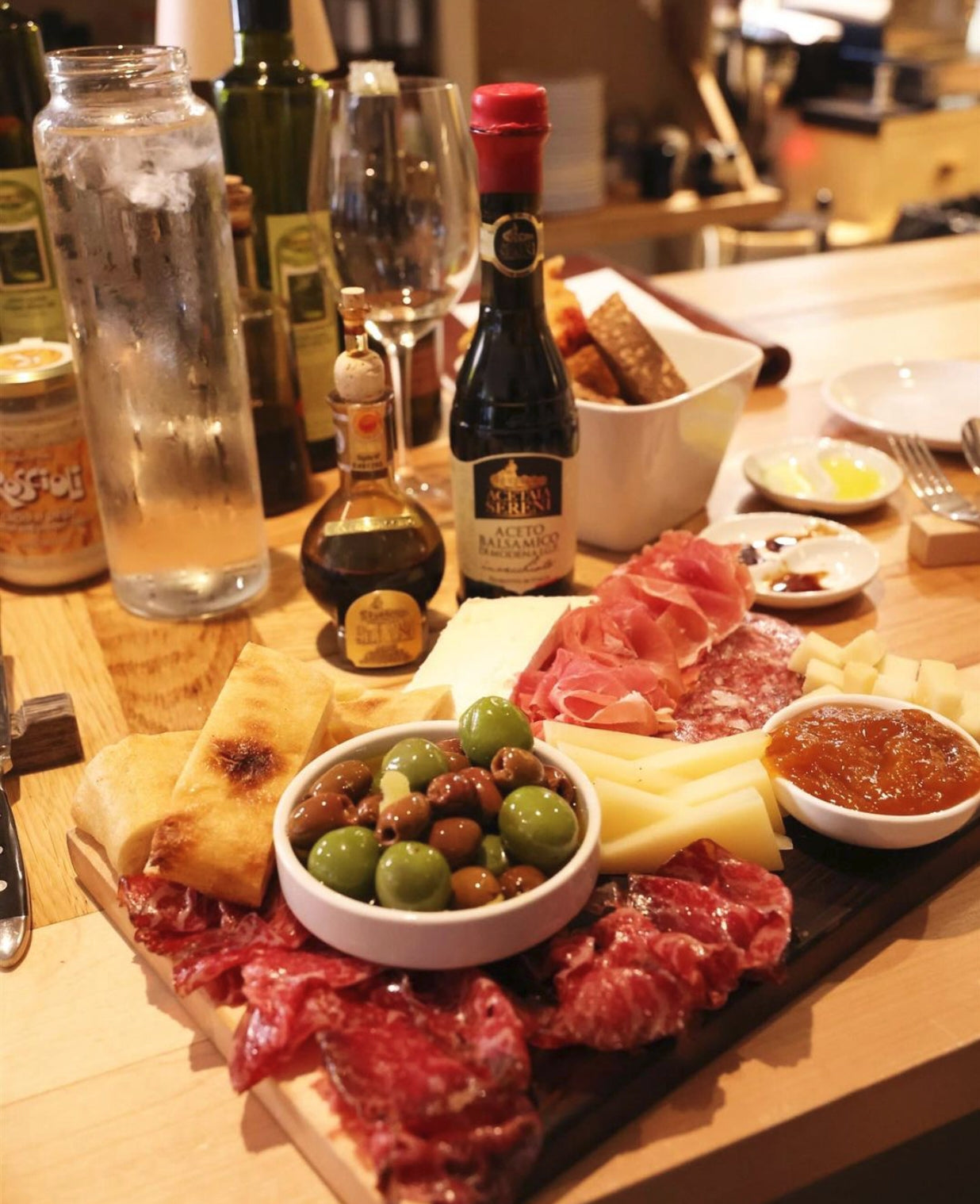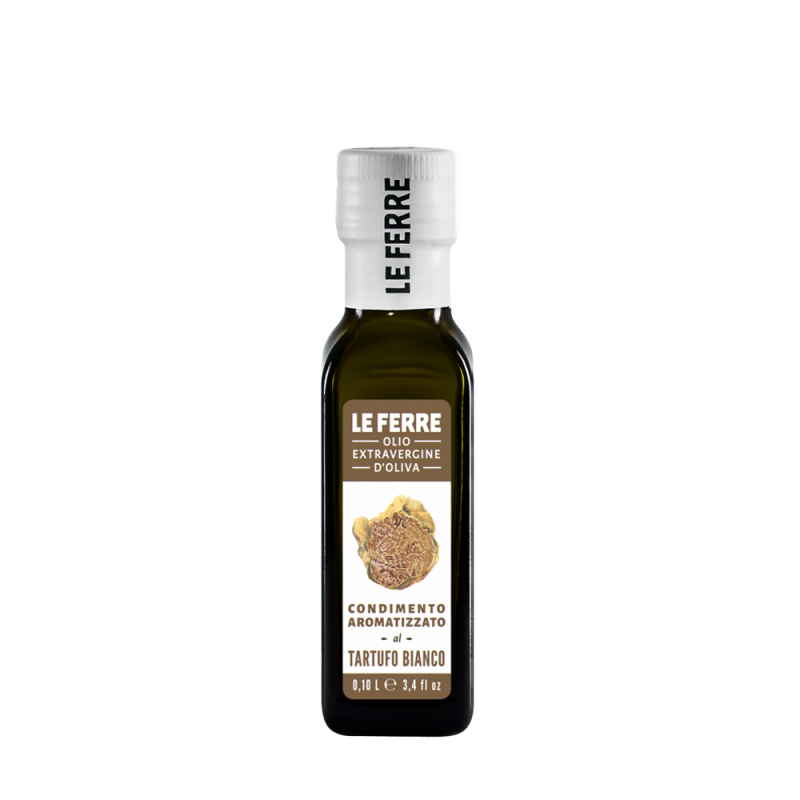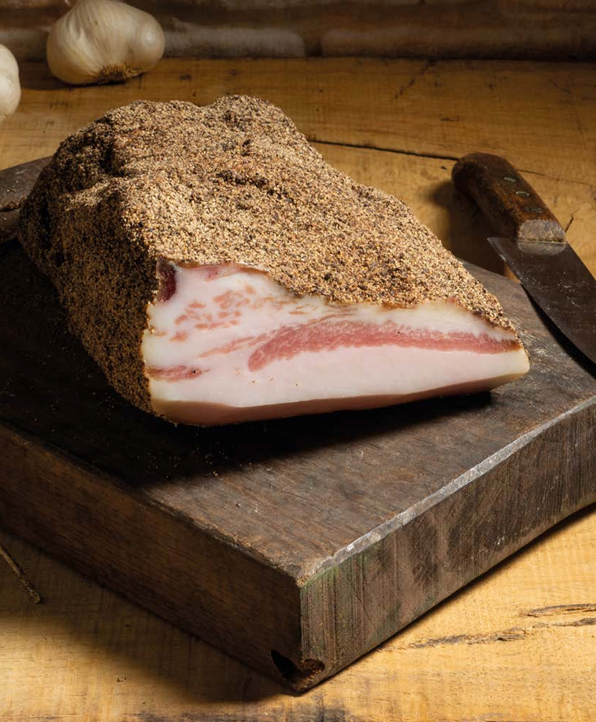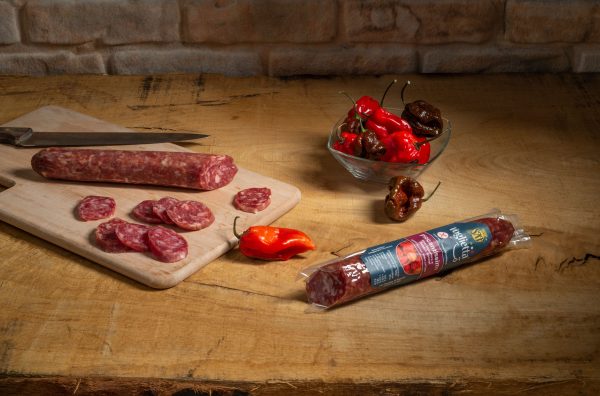Venetian cuisine is a fascinating journey through tradition, territory and history. Each dish is the result of centuries of trade exchanges, cultural influences and a close connection to the land, from the Dolomites to the plains and the Venetian lagoon. This diversity of landscapes is reflected in the gastronomy, where simple and authentic ingredients are transformed into complex and refined flavors.
The historical roots of Venetian cuisine
Venetian cuisine has ancient roots dating back to Roman times. However, it was during the Serenissima Republic of Venice (697–1797) that the cuisine took on its current form. Venice's strategic position as a crossroads between East and West enriched its gastronomic repertoire with exotic ingredients and spices, such as saffron, cinnamon and pepper.
This commercial wealth was mixed with a simpler land-based cuisine, characterized by the use of corn, polenta, rice, and fish from the lagoon, creating a unique culinary tradition.
The main dishes of Venetian cuisine
Venetian cuisine is diverse, with dishes that vary from region to region. Here are some of the most representative dishes:
Risotto with cuttlefish black
A classic Venetian dish, risotto al nero di seppia , is made with squid ink, which gives the risotto a dark color and intense sea flavor.
Creamed cod
Baccalà mantecato is one of the symbols of Venetian tradition. The cod meat is boiled and then whipped with olive oil until creamy, and is often served on polenta crostini.
Bigoli in salsa
Bigoli is a type of pasta typical of Verona, thicker and coarser than spaghetti. The traditional version is served with a sauce made of anchovies and onions.
Polenta and osei
One of the most rustic dishes in Venetian cuisine, polenta e osei , is typical of the mountain areas and is served with small birds roasted on skewers.
Sarde in saor
Sarde in saor are fried sardines marinated with onion, vinegar, pine nuts and raisins. The result is a sweet and sour dish that is a symbol of Venetian tradition.
Rice and beans
Risi e bisi is a peasant dish that symbolizes spring. It is a mix between a soup and a risotto and is traditionally served on April 25th, the feast day of St. Mark.
Venetian liver
Fegato alla veneziana is another emblematic Venetian dish, where calf's liver is cooked with onions and served with polenta.
Donkey ragout
Ragù di asino is a hearty and tasty dish, typical of the Verona and Vicenza area, often served with fresh pasta such as bigoli or polenta.
Tiramisu
Tiramisù is one of the most famous Italian desserts in the world. The Venetian version uses mascarpone, savoiardi soaked in coffee, and cocoa powder.
Venetian wines
Veneto is also known for its wines. Among the most famous is Amarone della Valpolicella , a powerful red wine made from dried grapes, known for its intense and complex flavor. In addition to Amarone, the region is also famous for its white wines, such as the fresh and sparkling Prosecco , perfect for an aperitif.
The legacy of the Serenissima
Many Venetian dishes bear witness to the Serenissima's heritage and its commercial links with the East. Spices such as cinnamon, pepper and saffron are still used today to enhance traditional dishes.
Buon appetito!
















